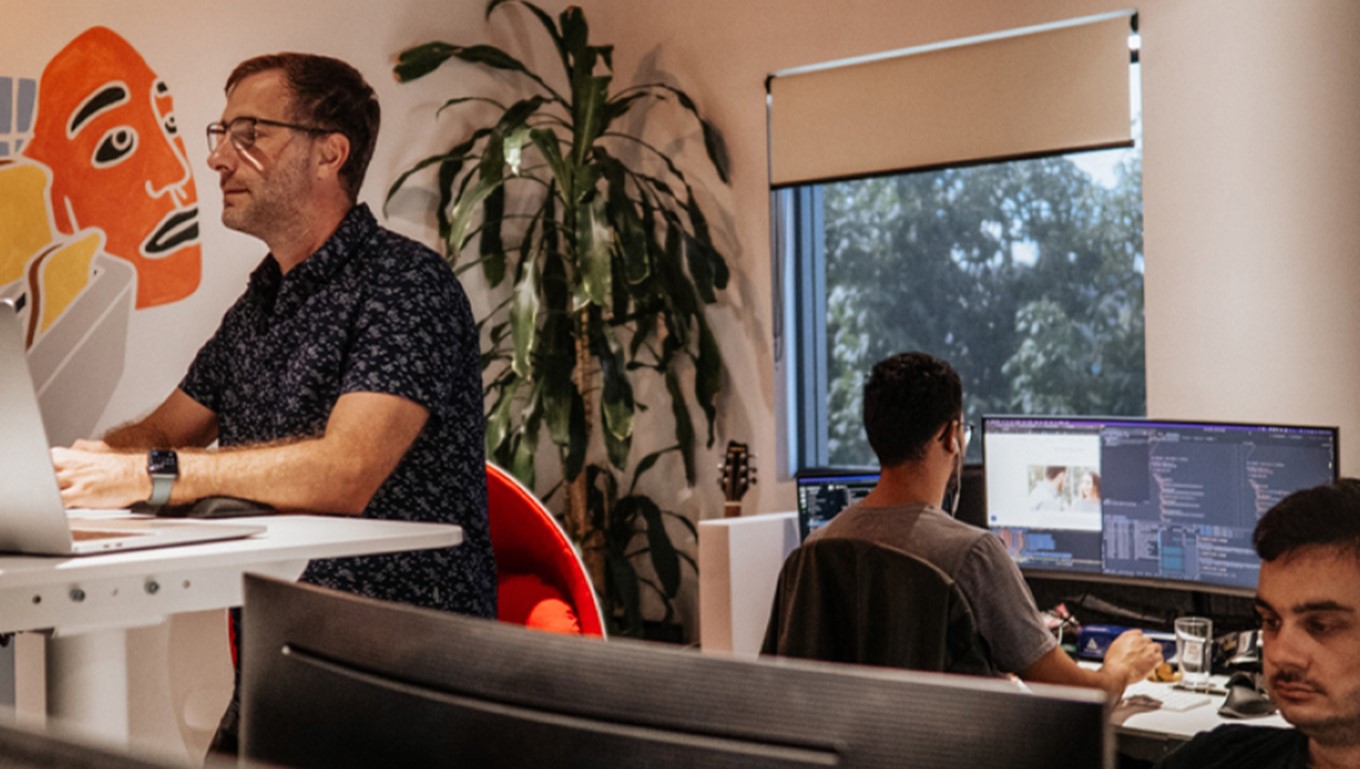Have you spent a long time on a project only to release it much later than you planned because the scope of the product blew out? Or is your website bloated with features that users don’t even need or use?
Learn how to prioritise the features users need and want when building your website so you can release the most valuable things first and faster.
What is a Minimal Viable Product (MVP)?
In product development, the minimum viable product (MVP) is the product with the highest return on investment versus risk.
It's about stripping down features so you can release your product as soon as possible and learn about it. If you’re starting out in business it’s the best approach, it helps you get out in-market quicker (and cheaper).
Real-world examples
What would an MVP look like for a real product?
Think about a bike: what does it really need to perform the function of cycling? Try to think about what a user needs.
MVP
- Two wheels - So you can travel faster along the ground
- The frame - So the wheels are connected
- Handle bars - So you can steer and avoid crashing the bike
- A seat - so that you can ride comfortably
- Pedals - So that we can accelerate
- Brakes - So that we can stop
Out of Scope
Arguably we don’t need any of these things to be able to ride a bike so they have been removed:
- Lights
- Bell
- Grip tape
- Reflectors
- Low-vision lights
- Powermeters
Your website is exactly the same.
You want to build the most valuable and necessary features first, because this will enable you to release a quality product faster. Then after seeing how your website performs we can continue developing other valuable features and plan to release continuously.
How to do it
Let's plan a release for a bike company who wants to set up its first website and sell its bikes online.
1. Think about your users
Think about the users of your site, who are they, what problems do they have, what are they trying to achieve, what is valuable to them. The best way to do this is to talk to real users, you can form assumptions but do not trust them until you’ve proven them wrong.
User Goals
- Users want to find and see the right bike for them
- They want to know if they can afford the bike
- They want to be able to buy it
2. Write user stories
A User Story is a succinct description of who the user is, what their objective or problem is, why it’s important to solve that. For a clear and valuable user story write it in the AIS format:
- As a - The user involved
- I want - What do they want to do
- So that - Why is this feature important
Example: 'As a user, I want to see available bikes so that I can buy the one I like'
This is an example of a user story with a definite user, a clear objective and a strong value statement. Notice there isn’t any mention of a particular solution (handlebars) this is so solutions aren’t prescribed and other possibilities are able to be explored.
3. Create solutions
With our story lets look at possible solutions to the problem:
- A simple page with a list of bikes and an image,
- An image gallery with multiple images,
- Call to buy - phone number on the homepage,
- Interactive build your own bike,
- A 360 image,
- Buy online Payment gateway.
4. Estimate the value vs effort of these solutions
Try using a value/effort chart like this to use to evaluate these stories.
Let’s look at website examples now:
|
High effort + High Value - Interactive bike builder - Online payment gateway |
Low Effort + Highly Valuable - A simple page with a list of bikes - a image gallery with multiple images - Call to buy - phone number on the homepage |
|
High Effort + Low Value - A 360 image - enquiry contact form |
Low Effort + Low Value |
By splitting up these solutions into the effort value quadrants, we can quickly see the most important solutions we should build first. Obviously the top right quadrant s the most desirable these solutions are quick and valuable these will form our MVP.
5. Planning the MVP
Break it into releasable chunks of value, what I mean is a first phase is nothing if you only have a design done. The solution should be end-to-end. Always ask, “What value am I adding by doing this?” If you cannot answer that, re-evaluate what you’re doing.
|
The MVP (Release 1) 1 week |
Release 2 2 weeks |
Release 3 4 weeks |
|---|---|---|
|
- A simple page with a list of bikes - an image gallery with multiple images - A phone number on the home page to order |
- Buy online Payment gateway |
- Interactive build your own bike |
De-scoped features:
- A 360 image
- enquiry contact form
These features have been removed from planning because their value is questionable and they are highly complex to build.
Release your MVP
Our first release looks neat and clean, it’s not “full-featured” - because it doesn’t need to be. It’s the basics with users still being able to buy a bike over the phone. So we can release in one week rather than taking 7 weeks to build.
This is how you can build and release desirable websites (and business software, and mobile apps) fast and frequently.
***
Our team of highly experienced User Experience Designers and Developers can help you research, design and build your next digital project. Got an idea in the works? Get in touch.



